The conference was attended by 421 delegates representing 21 countries and territories, 47 businesses and 2 international organizations. This was the last session after 2 terms of Vietnam holding the role of AWG Chair.
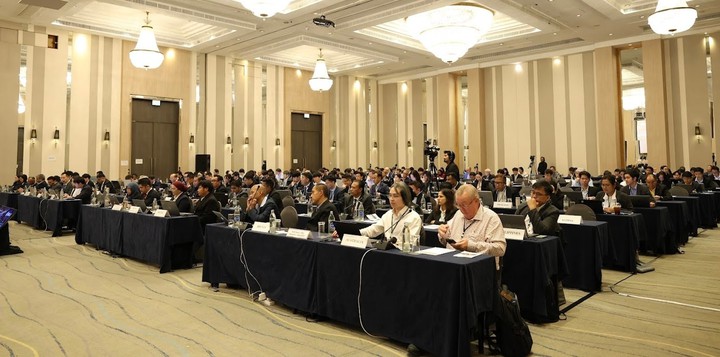
Overview of the AWG-35 Conference taking place in Thailand.
At the Conference, Vietnam introduced the Mobile Information Interference Detection System - iSpectra.
iSpectra allows BTS stations to be turned into "sensors" to monitor, collect data in real time, detect - warn - isolate and handle mobile interference sources. This solution has been highly appreciated by delegates because it opens up a new approach in ensuring the quality of telecommunications networks, contributing to maintaining the stability of information infrastructure in the context of increasingly complex frequency bands. On that basis, AWG assigned Vietnam to preside over the research on solutions to control and detect radio interference in general using artificial intelligence and machine learning (AI/ML) technology.
Regional members unanimously recommended that countries use the 600 MHz band according to the 2x40 MHz plan (also known as APT600) to make better use of the spectrum instead of the 2x35 MHz plan (currently implemented by the US). This is an important reference for Asian countries to build a 600 MHz plan to improve the quality of 5G and 6G mobile coverage.
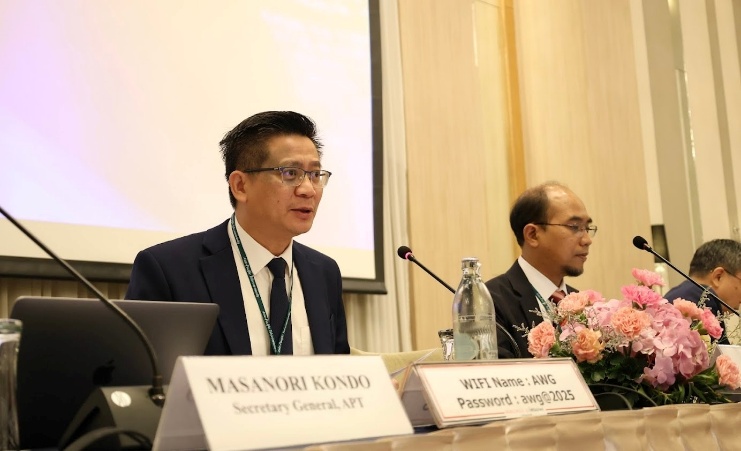
Vietnam holds the role of AWG Chair for two terms.
Under the leadership of Vietnam, APT has begun research on planning and deploying 5G and 6G networks in the 6.425-7.125 MHz (6 GHz) band, expected to be completed in the third quarter of 2026.
Vietnam has now determined to dedicate all or part of the 6 GHz band to 5G and 6G. The conference also agreed to continue researching 6G technology towards high performance, sustainability and AI integration; simplifying network architecture, optimizing the transition from 5G, reusing existing mid-band infrastructure, etc.
Regarding satellite technology and LEO satellite constellation, the Conference emphasized the growing role of satellites in narrowing the digital divide and expanding high-speed, low-latency broadband connections to remote areas.
However, the major challenges are the legal framework, spectrum management, cyber security and sustainable exploitation of space. This is an important basis for policy development and effective use of new technology to develop a synchronous and comprehensive digital infrastructure.
In addition to the above content, AWG also discussed experiences in using drones in frequency control; handling interference between 5G and satellites in C band; wireless charging technology with charging capacity from less than 1W (for personal wearable devices) to several kW for robots, autonomous devices in factories (AGV), drones, electric bicycles/machines and even tens of kW for cars, trucks, buses...
As the Chairman of AWG for 2 terms lasting 6 years, Dr. Le Van Tuan, Director of the Radio Frequency Department, together with the Executive Committee and the conference, published 2 recommendations and more than 60 research reports in most important areas of radio information management such as frequency planning and technology development. The conference honored and awarded the title of Honorary Chairman of AWG to Dr. Le Van Tuan.
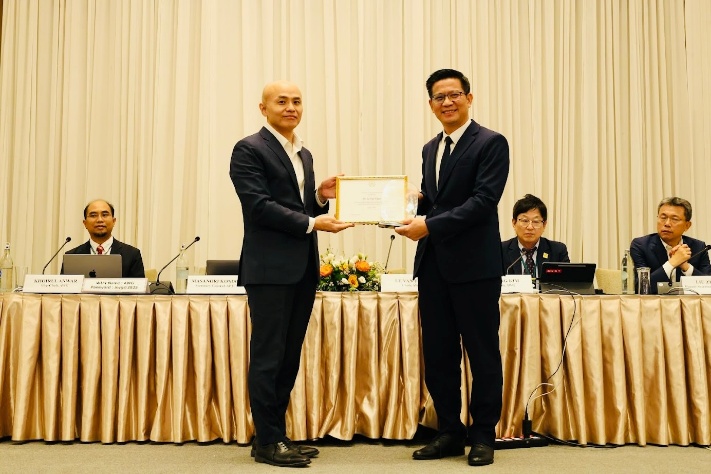
The conference awarded the title of Honorary Chairman of AWG to Dr. Le Van Tuan, Director of the Department of Radio Frequency.
The conference elected Dr. Daejung Kim (Korea) as Chair of AWG for the 2026-2028 period.
The event not only affirmed Vietnam's proactive and leading role in international cooperation on radio communications, but also demonstrated the potential for innovation of Vietnamese engineers through unique technological solutions, typically iSpectra.
Source: https://mst.gov.vn/giai-phap-phat-hien-nhieu-song-di-dong-ispectra-gay-an-tuong-tai-awg-35-197250913222323731.htm



![[Photo] Prime Minister Pham Minh Chinh chairs meeting to deploy overcoming consequences of storm No. 10](https://vphoto.vietnam.vn/thumb/1200x675/vietnam/resource/IMAGE/2025/10/3/544f420dcc844463898fcbef46247d16)
![[Photo] Students of Binh Minh Primary School enjoy the full moon festival, receiving the joys of childhood](https://vphoto.vietnam.vn/thumb/1200x675/vietnam/resource/IMAGE/2025/10/3/8cf8abef22fe4471be400a818912cb85)





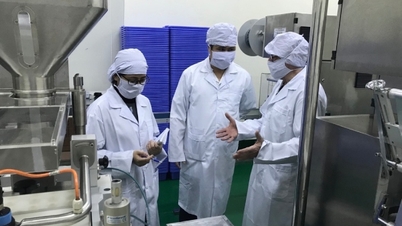

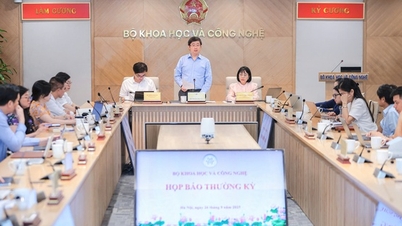

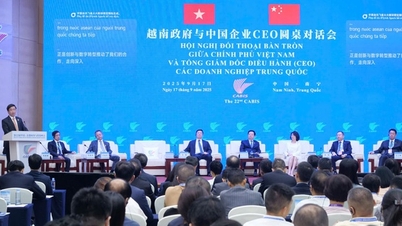



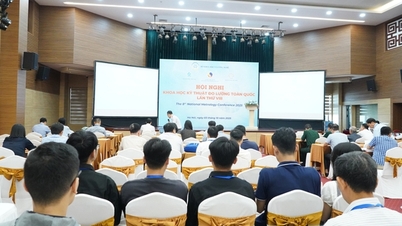


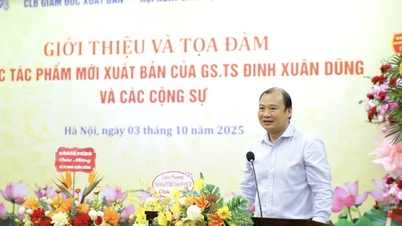
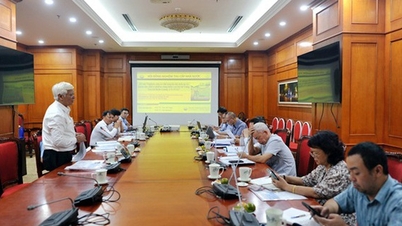








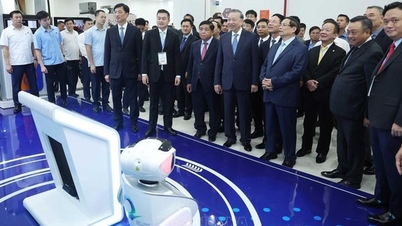

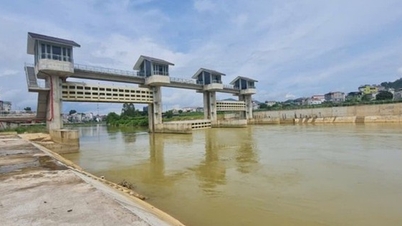




















































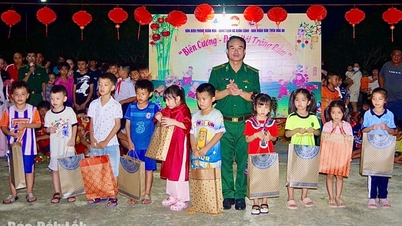











Comment (0)